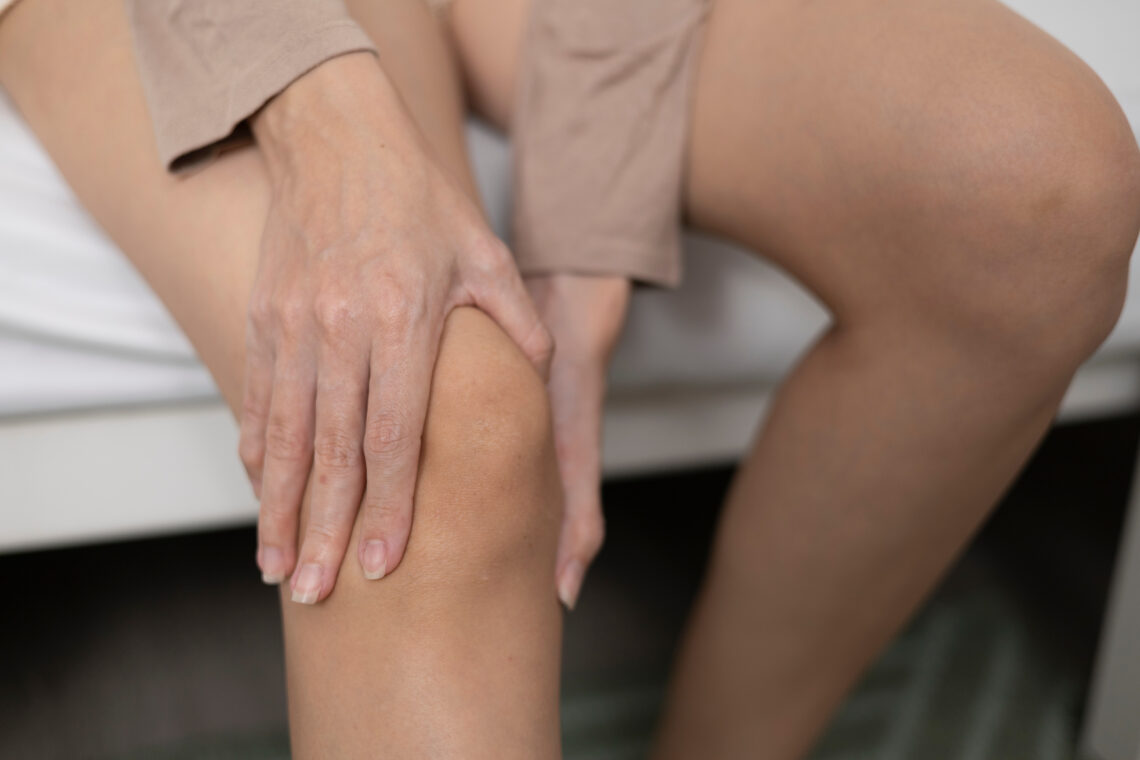Your knees are the most vulnerable joints in your body, and chances are, you’re putting them at risk without even realizing it. Whether you’re a runner, a weekend warrior, or someone who just wants to stay active pain-free, the way you move, sit, and exercise can all have long-term effects on your knees. Ignoring those quiet twinges or occasional stiffness might lead to more serious issues like cartilage damage, arthritis, or chronic inflammation.
Knee health is often taken for granted until pain shows up, and by then, the damage may already be done. Small daily habits, poor posture, or incorrect exercise techniques can cause progressive wear and tear. And because knee problems can gradually worsen over time, early awareness is your best defense. If you’ve been searching for effective relief, understanding these six common mistakes could be your first step toward healthier, stronger knees.
Let’s take a closer look at how you may be harming your knees and what you can do to prevent it.
1. Ignoring Pain Signals
One of the biggest mistakes people make is brushing off knee pain as “normal.” Whether it’s a dull ache after walking or a sharp pain during workouts, discomfort is your body’s warning system.
Persistent or recurring pain should never be ignored. Small injuries, like a strained ligament or an inflamed tendon, can lead to long-term joint instability or arthritis if untreated. When your knees start talking, listen. Early intervention is far easier and more effective than long-term rehabilitation.
2. Poor Posture and Body Mechanics
How you sit, stand, and walk directly affects your knees. Slouching or locking your knees while standing can place unnecessary stress on the joints. When you walk or run, poor alignment in your hips, ankles, or feet can throw off your knee tracking, leading to overuse injuries.
Pay attention to your gait and posture. Engage your core, avoid leaning forward when standing, and keep your knees slightly bent, not locked. Investing in a gait analysis or physical therapy assessment can identify postural habits that may be contributing to joint stress.
3. Skipping Strength Training
Strong muscles support healthy knees. Unfortunately, many people skip resistance training or focus only on cardio, which doesn’t strengthen the muscles that stabilize your joints.
Weak quadriceps, hamstrings, glutes, and hip muscles can force your knees to absorb more impact during everyday movements. Over time, this imbalance can lead to ligament strain, kneecap misalignment, or tendonitis.
Incorporate exercises like squats, lunges, and bridges to strengthen supporting muscles. Focus on slow, controlled movements with proper form to protect your joints.
4. Wearing the Wrong Footwear
Footwear has a direct impact on knee alignment. Shoes that lack proper arch support or are too worn down can throw off your biomechanics and shift the pressure to your knees.
People with flat feet or high arches are particularly at risk if they don’t wear supportive shoes tailored to their needs. And high heels? They not only shift your weight forward but also put significant stress on the knees.
Choose shoes with proper cushioning and support for your foot type. Consider visiting a podiatrist or athletic shoe store with gait assessment services for a personalized fit.
5. Overtraining Without Rest
More isn’t always better. Pushing through fatigue, skipping recovery days, or ramping up workout intensity too quickly can place chronic strain on your knees. Overuse injuries like patellar tendonitis and iliotibial (IT) band syndrome are common in runners and athletes who don’t give their bodies enough time to rest.
Muscles and joints need time to repair after stress. Without rest, small tissue injuries can accumulate, leading to more serious problems. Follow a training plan that includes rest days, and listen to your body when it signals it’s time to ease up.
6. Not Stretching or Warming Up
Jumping straight into exercise without warming up tightens muscles and limits joint mobility. This can lead to poor movement patterns and increase the chance of knee injuries.
Stretching before and after workouts improves flexibility and circulation. Dynamic warm-ups (like leg swings and hip circles) prep your joints for motion, while post-workout static stretching helps prevent stiffness.
Don’t skip these steps. They’re essential to keeping your knees mobile, pain-free, and functioning at their best.
You don’t have to be an athlete to care about knee health. Every step you take, from walking to lifting groceries, relies on stable, well-functioning knees. Small adjustments to your daily routine, posture, and workout habits can go a long way in preventing long-term damage.
If you’re already experiencing discomfort or suspect you’ve been making some of these mistakes, now is the time to act. Don’t wait for minor symptoms to escalate into major problems. The experts at Pain & Spine Center of Charlottesville offer comprehensive treatment plans and pain management in Charlottesville, VA, tailored to your needs. Protect your knees now so they’ll support you well into the future.




